What are hip dips—and can you actually get rid of them?
Are they normal, can you do anything about them, what even are they? We answer all your hip dip questions...
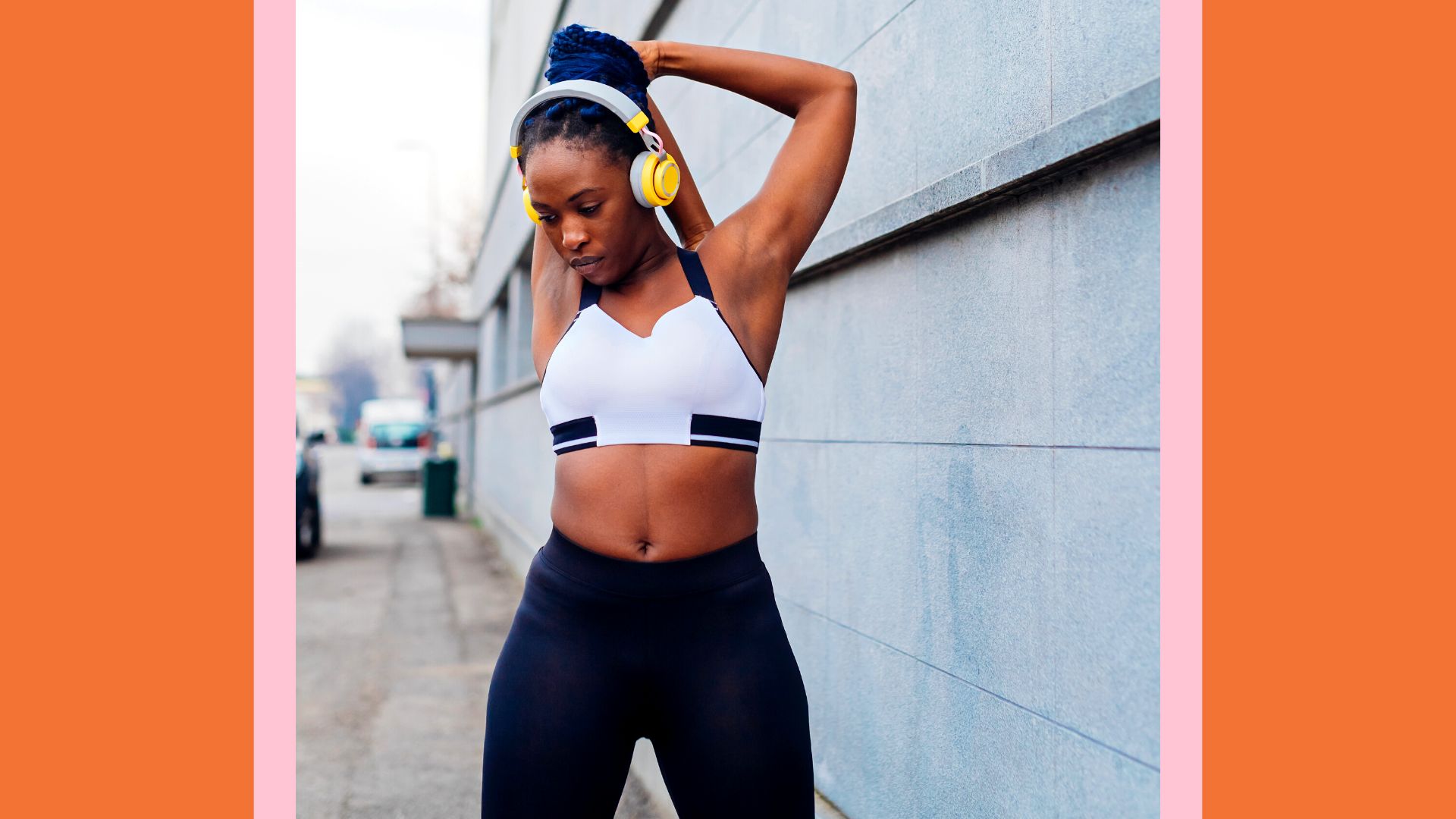
What are hip dips? You've probably seen the term floating around online in the same way that "thigh gaps" did in the 2010s. As if women didn't have enough to worry about, the hip dip trend has swept across social media in recent years, seemingly declaring our hips as the latest body area to fret about—with the hashtag #hipdips having been used more than 65,000 times on Instagram alone.
Now, we’re all for focusing on certain parts of our physique in a healthy way, such as toning our butts with glute exercises (our guides to the best resistance bands for women and best yoga mats will help with that, BTW). However, an unhealthy scrutinizing of our appearance, according to research, reached a crescendo over the pandemic, leaving people feeling much worse about their body image.
We all know that this kind of body scrutiny isn't new, especially when it comes to women. We're often being told that some new part of our body isn't quite 'right', or doesn't look how it should—and often, these 'imperfections' are linked to an 'ideal' of what a woman's body should look like.
And this is where the idea of 'hip dips' as something that need to be 'fixed' comes in. In order to properly dissect the topic, we've called on the experts—medical doctors, fitness professionals, and the like—to explain exactly what are hip dips, and why some people might have them, but not others. But most importantly, it's vital to remember that—whether you do or don't have hip dips—that there is absolutely nothing wrong with your body, and that your body should be cherished just as it is!
What are hip dips?
So what are hip dips? Well, according to Dr. Rekha Tailor, the medical director and founder of Health and Aesthetics: "Hip dips are the colloquial term that is given to the inward depression—or curve—along the side of your body, just below the hip bone.” These indentations are also known as "violin hips" or, in fancy scientific speak, "trochanteric depressions."
A post shared by JURICA (@juricafit)
A photo posted by on

Dr. Rekha Tailor is the medical director and founder of Health & Aesthetics and is one of the UK’s leading non-surgical cosmetic specialists. She graduated from Manchester Medical School in 1989 and is a fully qualified GP and medical aesthetic practitioner.
Google searches for "what are hip dips" doubled during the first Covid-19 lockdown, noted Dr. Tailor. Much of the noise they've created centers around the idea that they are somehow "bad" and should be gotten rid of. At the time, many people on social media were desperate for exercises to 'get rid' of their hip dips, with some *ahem* less than professional, so-called 'fitness experts' providing exercises that in actuality, just don't work.
This is because the real experts insist that hip dips are actually totally normal, and are a natural part of the bone structure of most bodies. In fact, because of the way our hips and pelvis are structured, it's more normal than not to have hip dips.
So if you're asking yourself, 'why do I have hip dips'? Remember the reason is because that is just how your body is naturally structured, on a skeletal level!
What causes hip dips?
While they are incredibly common, whether you have hip dips or not (not everyone does) tends to be down to your genetics. Dr. Ross Perry, the medical director of CosmedicsUK, describes them as a "completely normal anatomical phenomenon." He says: "They are caused when one's hip bone is located higher than his or her femur, causing fat and muscle to cave inward."
Similarly, Dee Hammond-Blackburn, a personal trainer at OriGym, agrees that hip dips are simply a result of how your body was built.
She explains: "The skeletal structure of an individual’s pelvis, the width of their hips, and their overall body fat and muscle distribution will all have an impact on how visible their hip dips are when viewed externally." So if you're ever asking yourself, what causes hip dips? Keep in mind that it's likely to be the natural way that your body is structured.
The main thing to remember is that hip dips are not a sign of being overweight or unfit. “Recently, more and more people are thinking that hip dips—or lack of—are a sign of how healthy you are,” says Mark Fox, a health and fitness expert at The Training Room.
"Although the amount of body fat stored in that area can make them more noticeable, and extra muscle mass can also give you a more prominent look, losing body fat around that area won’t make them go away, as they’re mainly due to bone structure, which you can't change."

Dr. Ross Perry qualified at Guy’s & St Thomas’ Hospital Medical School in 1994 and pursued a surgical career that now comprises NHS skin cancer reconstruction and private cosmetic skin treatments. He is the founder and medical director of Cosmedics Skin Clinics, which he established in 2003.
Hip dips vs love handles: what's the difference?
If you're confused about the differences between hip dips vs love handles, you're not alone. The two are commonly confused, but they are actually two completely separate things.
"Love handles" refer to excess fat that accumulates on the sides of one's abdomen. They differ from hip dips in that they are located much higher on the body, settling around a person's waistline. Like hip dips, however, some people are simply more genetically prone to having love handles than others.
However, they can be reduced through healthy fat loss, which should be done in a safe manner without depriving yourself of any of the nutrition your body needs. If you're planning the perfect workout schedule, then make sure to explore which workouts burn the most calories.
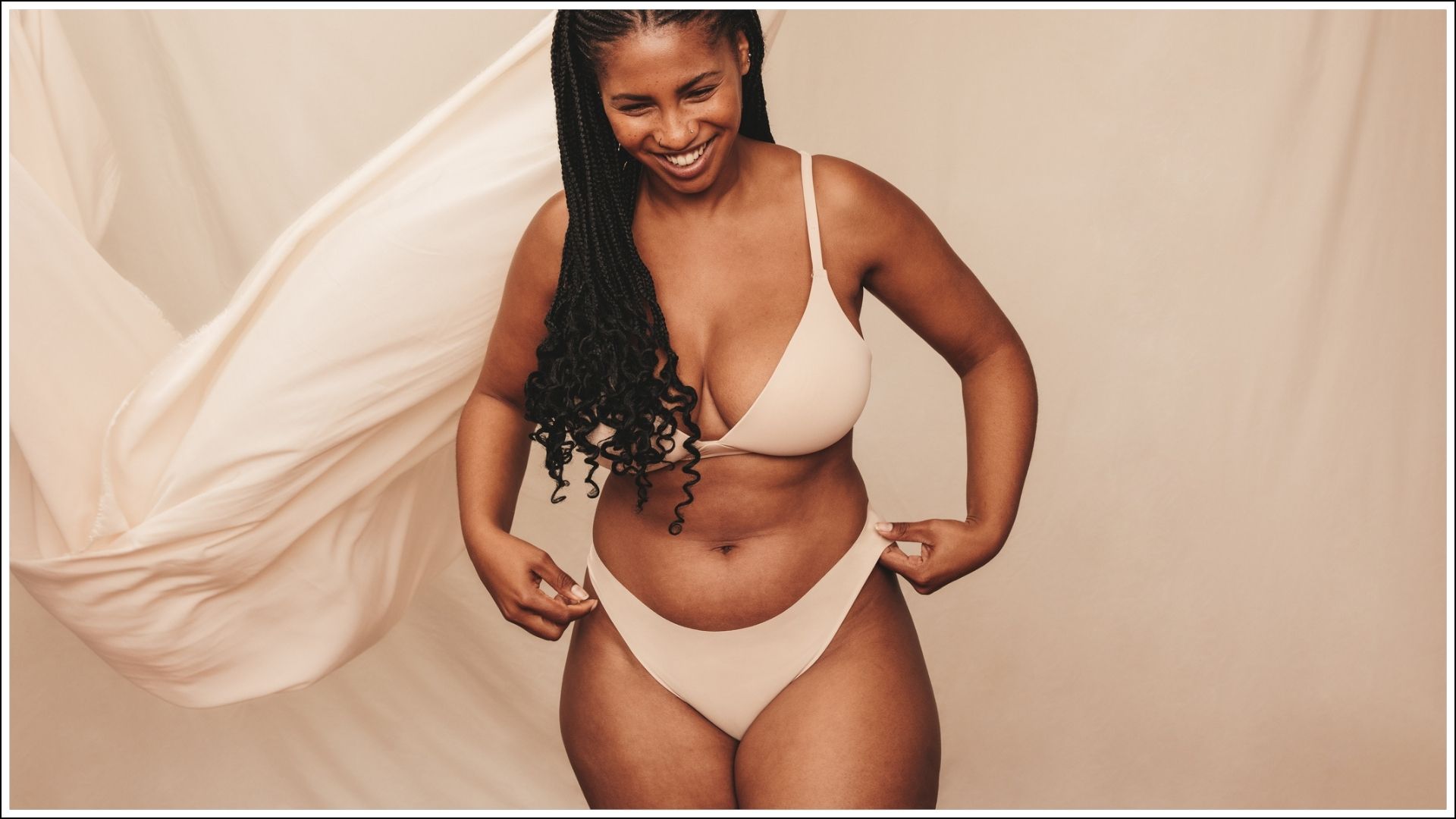
How common are hip dips?
Hip dips are much more common than you might think. "Almost everyone has a degree of 'hip dip'," points out Dr. Perry. "It is just more pronounced in some individuals." However, they are more frequent in women than men, due to the position of the hip bones and female genetic fat distribution.
That said, how often you notice your hip dips may simply depend on your perspective. "Typically, hip dips are most visible when you look straight at your front profile in the mirror," explains Sam Markham, a personal trainer and the co-founder of Common Purpose Wellbeing. "However, it’s impossible to calculate how many people have them, and how many don’t—and I think we should therefore accept and celebrate how unique we all are."
Can you get rid of hip dips?
Can you get rid of hip dips? In short, the answer is no. Because a hip dip is simply a result of your body structure, it is pretty much genetically impossible to completely get rid of them. And while we understand that body positivity (or neutrality) can be tricky, and is something that can take time to work towards, we at My Imperfect Life believe that accepting our beautiful bodies for exactly the way they are is the most important thing.
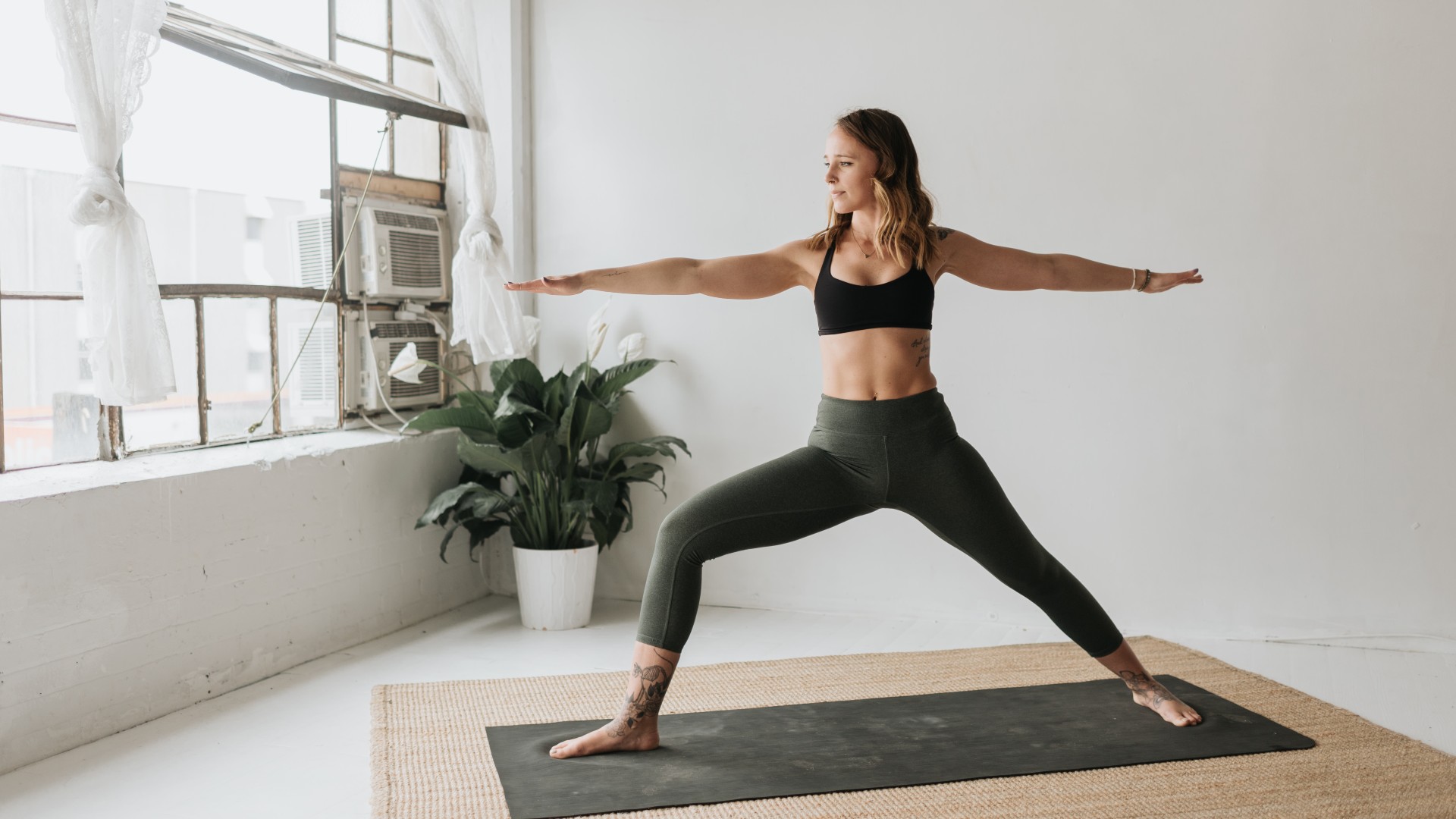
So while it's not exactly possible to answer the question of 'how to get rid of hip dips', some experts explain that it is possible to reduce the appearance of hip dips via good old-fashioned exercise, if they do happen to make you feel uncomfortable.
"Exercising to reduce fat and build muscle can help to reduce the appearance of hip dips," notes Dr. Tailor. For example, the "Hot Girl Walk" trend can present a fun way to incorporate more exercise into your routine.
If yours really bother you, and you're wondering how to fix hip dips so that they aren't so prominent, Rhea Sheedy, a dance teacher and founder of Ballet Fusion, also advises: "Focus on moves that target the gluteal muscle groups, such as Bulgarian split squats, glute bridges, and lunges. Walking and running are also great for shaping the legs while core workouts—especially those targeting the abs and obliques—will help to shape the waist."
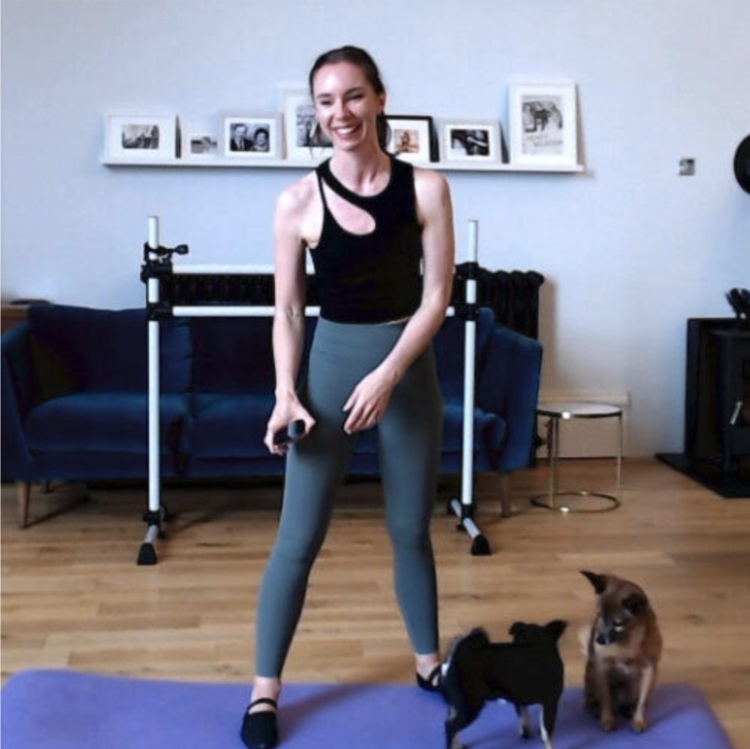
Rhea Sheedy is the founder of Ballet Fusion Ltd and has been teaching ballet and fitness for over 15 years. She trained with the Royal Academy of Dance and is passionate about adult fitness, health and wellbeing.
However, know that exercise might have the opposite effect for some people. If you're curious to know what causes hip dips, experts explain that working the area in the gym can actually increase their size.
Sheedy points out: "You'll sometimes see hip dips in people who train a lot, as more muscle mass—or pronounced strength in certain muscles—can create more noticeable hip dips." In fact, they are sometimes known as "dancer’s dents," due to the serious amount of bum squeezing, as well as hamstring, hip and leg work dancers get through. Happily, this can help some people reframe the idea that hip dips are bad—instead, they can actually be a sign of serious strength and hard work.
And, if you're keen to grow your 'hip dips' in this way, Hammond-Blackburn notes that you also shouldn’t forget how you fuel yourself. "Consuming a nutritious diet will play a huge role in how effective a training program is, too, especially one that contains a good amount of protein," she explains. "This will help to trigger muscle growth in the area, and burn excess body fat."
Celebrities embracing their hip dips
While many of us are on our own journeys when it comes to embracing our bodies, it can undoubtedly be helpful and inspiring to see celebs and other people we look up to already doing that very thing.
In fact, plenty of the celebrities we all know and love—from Kourtney Kardashian to Bella Hadid and Dua Lipa—have shown that they are totally proud of their hip dips over the years, as they should be!
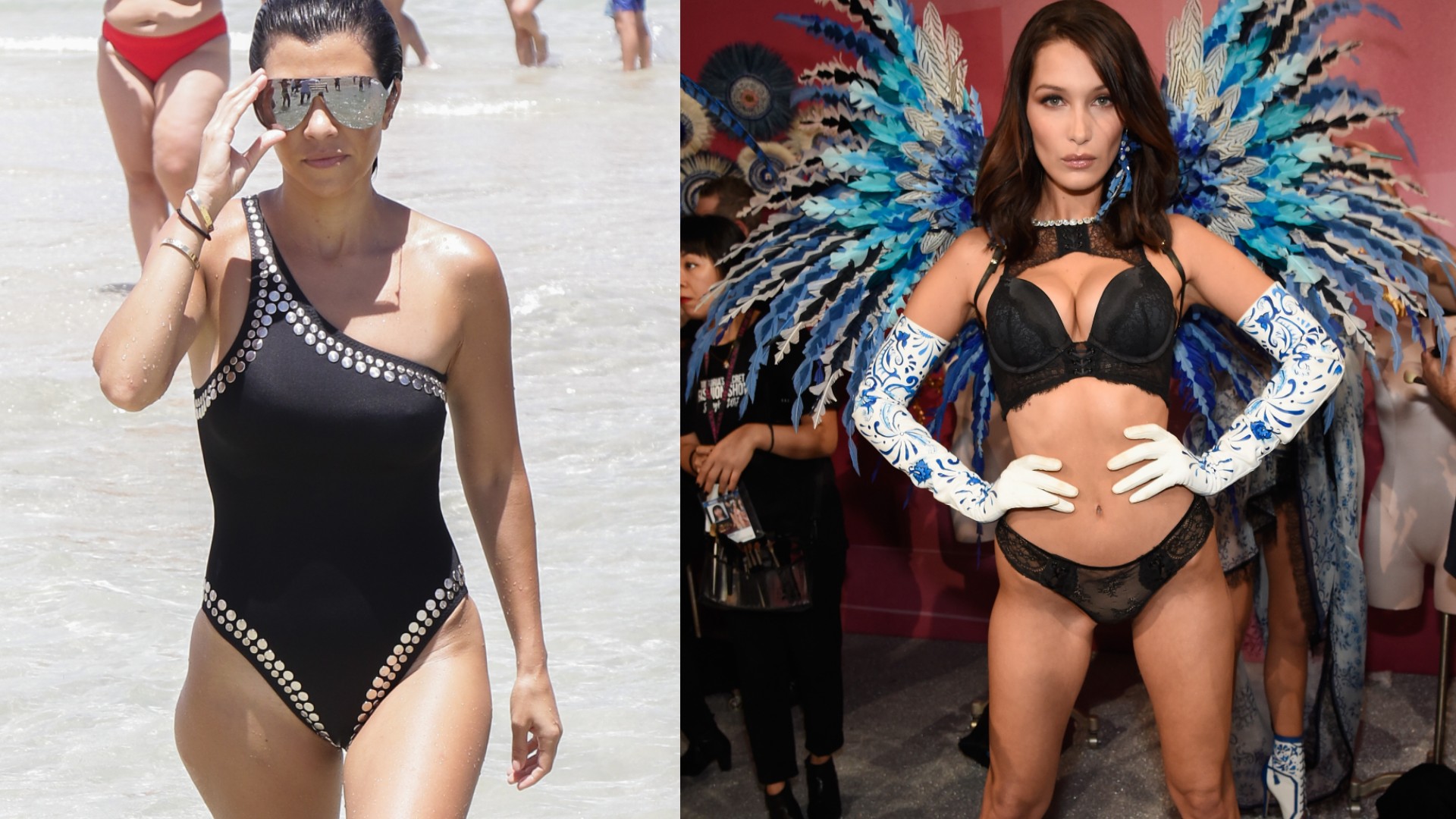
Let's be honest—it's super reassuring for us normal folk to see that some of the world's most beautiful women, who are as in shape as you can possibly be, also have hip dips—proving once again that they are a completely normal part of our body that we should never have to feel the need to hide away.
How TikTok has embraced hip dips
Though the disdain for hip dips arguably started on social media, since then TikTok has proven to be a platform that is far more embracing of the body positivity movement and with sharing the reality of what hip dips actually are.
In fact, many of the videos from fitness creators on TikTok see them explaining the reality to their followers that hip dips aren't something you can get rid of, despite what others might say. Users appear to be sharing the facts about hip dips (e.g that they are natural and normal), rather than the myth that you can—and should want to—get rid of them.
@ellabella.6 ♬ original sound - DJ Discretion
Lots of creators over on the platform have even shared videos displaying their own renewed attitudes towards their 'hip dips', explaining to viewers that they're now embracing that part of their body instead of trying (and failing) to change it.
@madswagfit ♬ original sound - Madison Hoover
While of course there are still a fair few videos of TikTokers telling people how to reduce their hip dips, the majority of clips are overwhelmingly body positive, and reassuring for those of us who might be questioning whether they need to be worried about yet *another* part of our bodies.
We say, here's to embracing ourselves however we look!
Lauren is a freelance writer and editor with more than six years of digital and magazine experience. Most recently, she has been the Acting Commissioning Editor of Women's Health—where she co-produced the Going For Goal podcast—and has previously also written news and features for titles including The Telegraph, Grazia, Stylist, Dazed, The Sun's Fabulous, Yahoo Style UK and Get The Gloss. She covers all aspects of lifestyle, specializing in health, beauty, and travel. Can't live without: oat milk lattes, new podcast episodes, long walks, and great skincare.